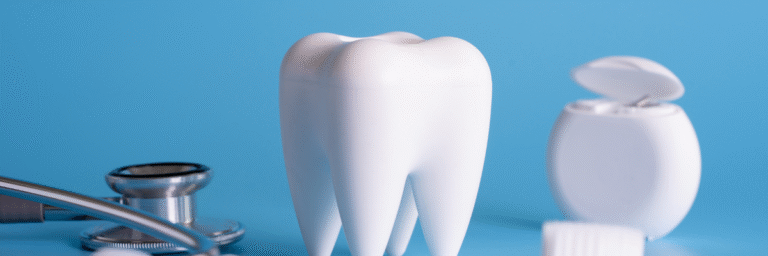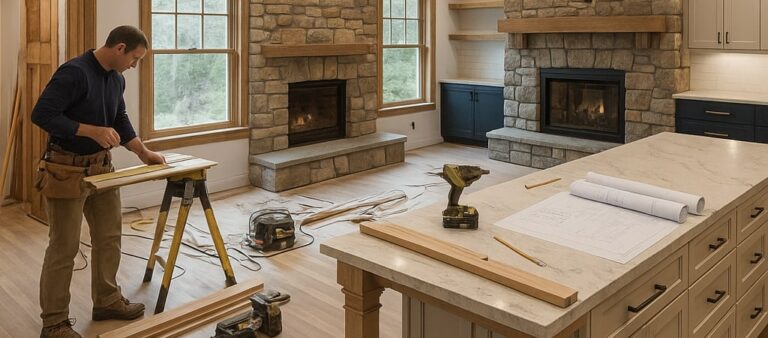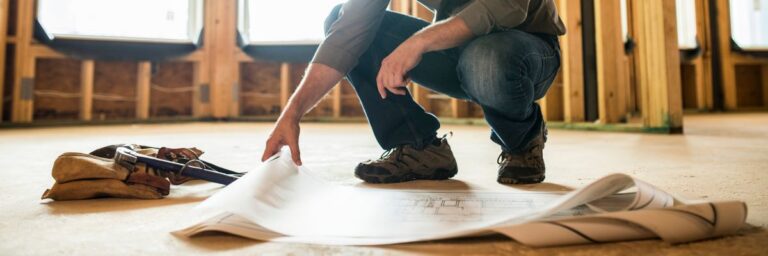Roof leaks can cause significant damage if left unchecked. Water seeps through cracks and damages the underlying structures, leading to costly repairs. By following a roof leak repair checklist, you can address the issue early and prevent long-term damage.
This guide walks you through the essential steps to repairing roof leaks effectively. Ensure that your repairs are done right for lasting results.
1. Inspect Your Roof Regularly
The first step in any repair process is to inspect the roof. Regular inspections help catch leaks before they escalate. Walk around your house and look for any signs of water stains on the walls or ceilings. Pay attention to any missing shingles or damaged flashing.
Use binoculars for a more detailed view if accessing the roof is unsafe. If you spot signs of damage, it’s time to take action. Early detection helps reduce the need for major repairs later.
2. Identify the Source of the Leak
Finding the exact source of a leak is crucial. Water can travel along surfaces, so the origin may not be directly above the visible damage. Check common areas prone to leaks, like the chimney, vents, skylights, or valleys where different sections of the roof meet.
Pour water on the roof with a hose while someone monitors the attic for drips. This method helps narrow down the location of the leak. Don’t rely solely on visible signs of damage — thoroughly inspect the roof’s surface.
3. Repair Damaged Shingles
Once you’ve identified the source of the leak, the next step is to repair or replace damaged shingles. Start by lifting the surrounding shingles to access the problem area. Remove any nails and replace the damaged shingle with a new one. Secure it with roofing nails and apply roofing cement to seal the edges.
If you’re dealing with a minor issue, such as a small tear or crack, applying a patch may be enough. Roofing cement or caulk can seal the area and prevent further damage.
4. Fix Flashing Around Roof Features
Flashing is the material used to seal the joints around roof features like chimneys, skylights, or vents. Over time, flashing can wear down or pull away, allowing water to seep in.
Check the flashing around all roof features for any gaps or signs of wear. Replace damaged flashing or re-secure it with roofing nails and caulk. This simple step can prevent water from entering these vulnerable areas.
5. Clear Gutters and Downspouts
Clogged gutters and downspouts can lead to water pooling on your roof, increasing the risk of leaks. Regularly clean out leaves, debris, and dirt from your gutters to ensure proper water flow.
Make sure downspouts are directing water away from your home’s foundation. Keeping your drainage system clear helps reduce the risk of water backing up under your shingles and causing leaks.
6. Apply a Waterproof Sealant
Once repairs are complete, it’s time to protect your roof with a waterproof sealant. Applying a sealant to vulnerable areas adds an extra layer of protection. This step is especially important if your roof has been damaged before or if you live in an area prone to heavy rain or snow.
Choose a high-quality sealant that matches your roof type and follow the manufacturer’s instructions for application. Sealants help prevent water from penetrating and extend the life of your roof.
7. Inspect the Attic for Damage
After completing your roof repairs, inspect the attic for any signs of water damage. Look for wet insulation, mold, or water stains on the walls and ceilings. If you spot any issues, address them immediately to prevent further problems.
Make sure your attic has proper ventilation to avoid moisture buildup. A well-ventilated attic keeps the roof dry and prevents leaks from recurring.
8. Schedule Regular Maintenance
Even after completing repairs, it’s essential to keep up with regular roof maintenance. Schedule an inspection at least once a year to catch any potential problems early. Regular maintenance can help prolong the life of your roof and reduce the need for major repairs.
Be proactive in cleaning debris off your roof, trimming overhanging branches, and checking for wear and tear. Keeping up with routine maintenance ensures your roof remains in top condition.
9. Know When to Call a Professional
While DIY roof repairs are possible, some situations require professional help. If the damage is extensive or you’re unsure about how to proceed, consider hiring an expert. Roof repairs can be dangerous, especially if you’re dealing with steep slopes or damaged structures.
Professionals have the right tools and experience to handle large-scale repairs safely. If in doubt, don’t hesitate to reach out to a roofing expert.
Final Thoughts: Protect Your Roof for the Long Term
Roof leaks are common but can lead to severe damage if not handled promptly. By following this checklist, you can address leaks quickly and prevent future problems. Regular inspections, timely repairs, and proper maintenance are key to ensuring your roof’s longevity.
For homeowners in Bentleigh, professional assistance is always available. Trust the experts at Roof repairs Bentleigh for high-quality, reliable service.




